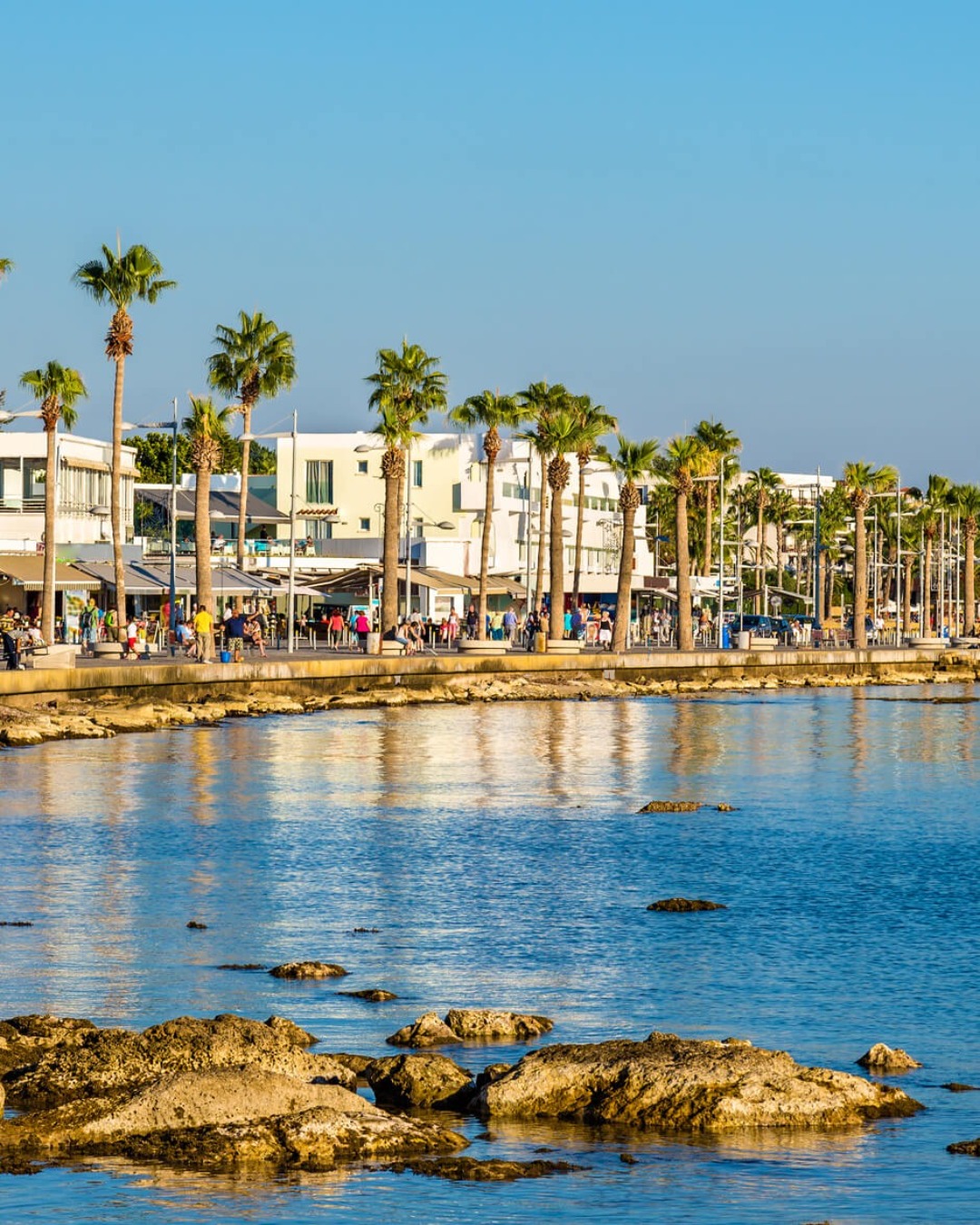his Ionian islet is equally known as Zakynthos (the Pelasgian name) and Zante (Venetian), with both used interchangeably by Greeks and visitors alike. For this article, we’ll opt for Zakynthos. Looking out from the plane as you descend to land, you’ll see a serene, unspoilt interior of green hills carpeted with wild flowers and furrowed by streams and chasms, and a coast blessed with endless sandy beaches and crystalline waters where seals and even whales, as well as the famed loggerhead turtles, crest the ripples. The tantalising white cove embraced by cliffs, with a shipwreck cast in its centre, is an image that you will have seen a thousand times, as Navagio is not only one of the most famous beaches in Greece, but consistently rated among the world’s finest. As you circle the island, you’ll see that Navagio is just one of numerous idyllic bays, mostly blessed with soft sand and glassy turquoise sea. The huge sweep of Laganas Bay in the south-east, adjoining the pine-forested Vasilikos peninsula, is where the turtles have nested since time immemorial, while the sandy shores of Tsilivi on the east coast provide a paradise for windsurfers, with warm summer winds starting up like clockwork every afternoon.
Yet it’s not only the natural splendours of the island that have made it one of the top tourist spots in Greece: Zakynthos is famous for its lively nightlife, in fact, infamous might better describe the scene at boozy Laganas Bay, but the island also offers more upmarket wining and dining, particularly at its luxury hotels and around the Venetian castle at Zakynthos Town.
Little wonder, really, that an island with such diverse attractions cannot settle for one name – even two do not begin to cover its multifaceted character and allure.
An island with numerous idyllic bays, mostly blessed with soft sand and glassy turquoise sea









